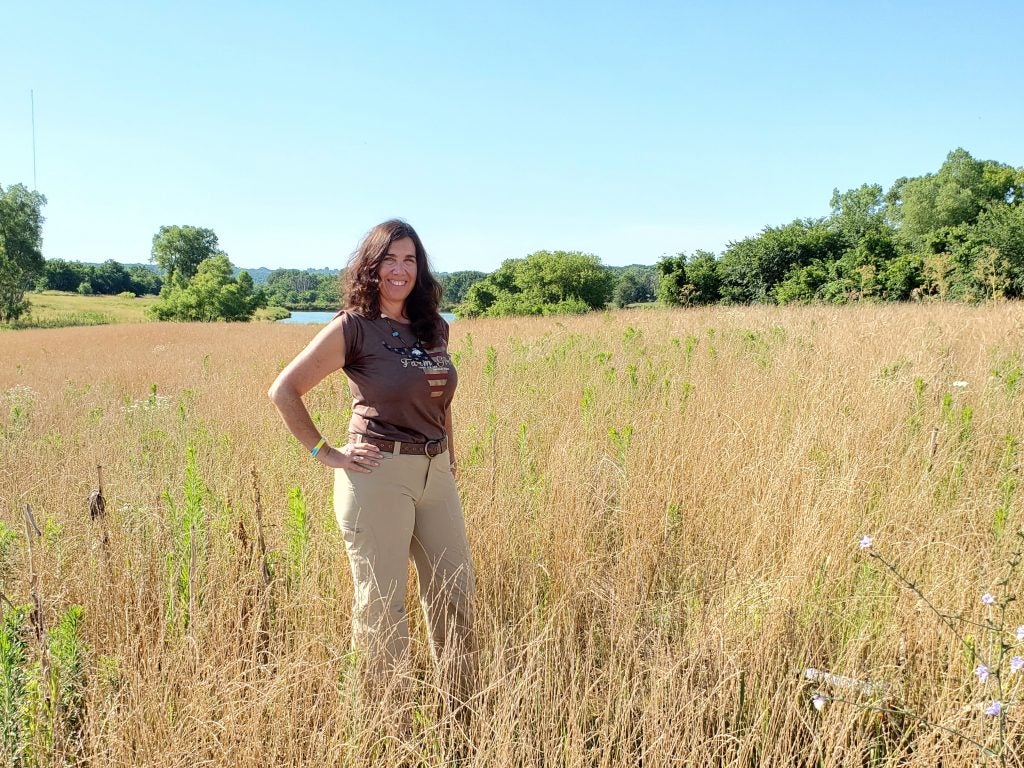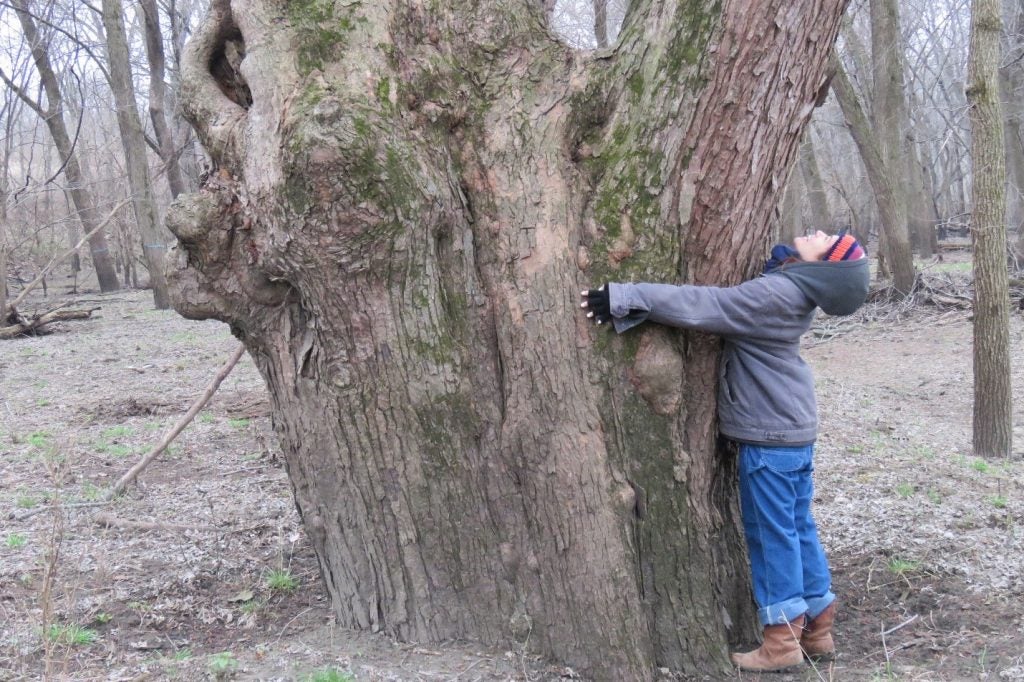How female farmers are conservation leaders on the farm and beyond
Surveys show that women own or co-own nearly half the farmland in the Midwest but are often under-represented in leadership positions, including in policymaking bodies, financial institutions, and other agricultural agencies and institutions.
The Women, Food and Agriculture Network is working to change that, giving women the resources and connections they need to be effective practitioners and supporters of sustainable agriculture.
Sylvia Spalding and Ruth Rabinowitz are WFAN members who farm in Iowa and South Dakota. Their conservation stories illustrate how female farmers are diversifying agriculture — not only demographically, but also in terms of production practices.
As their numbers grow, women farmers are finding and building support networks, positioning themselves to be conservation leaders well beyond the farm.
Prioritizing stewardship
Ruth took over management of her family’s farm in 2013.
“I was shocked to see how the land was being handled by professional farm managers,” she said. “There was soil erosion from deep tillage, and the property was overgrown with invasive weeds — things I knew needed to be corrected, fast.”
Ruth worked quickly with staff from the U.S. Department of Agriculture’s Natural Resources Conservation Service, Practical Farmers of Iowa, Pheasants Forever and other organizations to learn how to improve the farm. She initiated soil testing and a mix of conservation practices including cover crops, no-till, nutrient management and prescribed burns, and saw beneficial results in just a few years.
“Earthworms came back, the forests regenerated, and quail, pheasants, deer and other wildlife have returned to healthy habitat,” she said.
By prioritizing soil health, water quality and biodiversity, Ruth is creating a new legacy of conservation and stewardship on her farm.

Overcoming obstacles
Implementing conservation practices isn’t always easy, and some female and minority farmers face additional obstacles that they’ve have to overcome to achieve their conservation goals. Sylvia is one of those farmers.
“As an older, half-Asian woman raised mostly in Hawaii, I sometimes feel like a fish out of water when communicating with neighbors, businesses and even some relatives in rural Iowa,” she said. “Even though the number of women in farming is increasing, efforts continue to silence their voices, especially when it comes to conservation.”
Michigan Technology University environmental sociologist Angie Carter conducted a 2019 study of women landowners’ experiences with conservation, finding that “social control through exclusion constrains women landowners’ access to information about and implementation of conservation.”
Specifically, her study identified how women landowners experience the social processes of boundary maintenance and othering in land management — processes that hinder conservation adoption and maintain gendered agricultural landscapes.
Sylvia and Ruth both credit groups like WFAN and Practical Farmers of Iowa for providing encouragement to women farmers in their pursuit of conservation practices and helping them overcome barriers to adoption.
“It’s very important to provide a safe space for women to ask questions so that they don’t feel alone in making important decisions about their farm,” Ruth said. “Meeting and connecting with like-minded women who are dealing with similar issues — and learning from each other and supporting each other throughout the year — it’s powerful.”
This network of female farmers is providing women with the resources and connections they need to be conservation leaders. Share on XBuilding community
“Through these networks, you become part of a community of farmers who are trying to heal the land and water, stop the unsustainable loss of topsoil, mitigate climate change through practices that sequester carbon, provide habitat for pollinators and so much more,” Sylvia said.
Sylvia’s conservation efforts have included implementing a Forest Stewardship Plan — removing invasive weeds and planting 900 white oak seedlings, 900 black walnut seedlings and 900 red oak seedlings. It will be 60 years before the trees reach optimal growth. Sylvia hopes her daughter will still be alive then to enjoy them.

Her neighbors are already enjoying the native prairie grasses she planted.
“One of the most endearing results of the conservation practices that we have implemented on the farm was a request from a neighbor to have his friend’s son’s graduation photos be taken with our native prairie grass fields as the backdrop,” Sylvia said. She also shares her property with one of her farm contractors who hunts and keeps bees on her land. “It warms my heart to see my farm serving the community in this way.”
With a good stewardship ethic and an ever-expanding network of female farmers, Ruth and Sylvia hope their efforts will inspire other farmers to build a more resilient future.










